The rise of HCRD - and where Aussie credit goes from here
8 minutes reading time
- Thematic
At the intersection of technological innovation, demographic change and the transition to a zero-carbon economy, electric vehicles (EVs) will benefit from one of the strongest megatrends of the 21st Century. This article looks at the history of EVs and examines ways in which EV technology may impact the cities of the future.
Brief history of electric vehicles
In 1832, Robert Anderson developed the first crude EV. However, it wasn’t until the late 19th century that practical designs were developed.
Early electric car built by Thomas Parker 1895
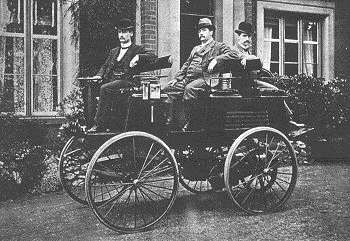
Source: Wikimedia Commons.
Electric vehicles reached their heyday in the 1910s. By 1915 a third of all vehicles on the road in the United States were electric1. Better roads and cheaper fuel signaled the decline for EVs. By the start of World War II, the EV had all but disappeared.
In the 1970s, with rising fuel prices and growing concerns about air pollution, interest in EVs was rekindled. In 1996 General Motors (GM) released the EV1, the first mass produced EV.
General Motors EV1 Electric Car 1997
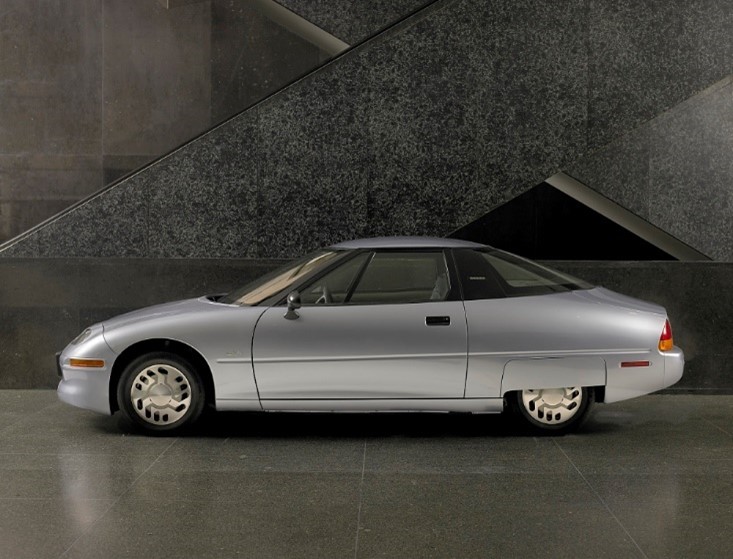
Source: National Museum of American History.
The controversial destruction of virtually all EV1s produced was the subject of the 2006 documentary Who Killed the Electric Car.
In 2003, electrical engineers Martin Eberhard and Marc Tarpenning founded a company to build high performance EVs. They named it in tribute to Serbian inventor, Nikola Tesla. The following year they connected with venture capitalist Elon Musk, who became Tesla’s first chairman. They launched the Roadster in 2008 and the Model S in 2012.
The performance characteristics and quality of the Tesla S took markets by surprise. In 2013 the Model S was unanimously voted Automobile Magazine’s 2013 Car of the Year, and the U.S. Consumer Report stated the Model S “performed better in our tests than any other car ever has, breaking the Consumer Reports Ratings system.”2
2013 Tesla Model S
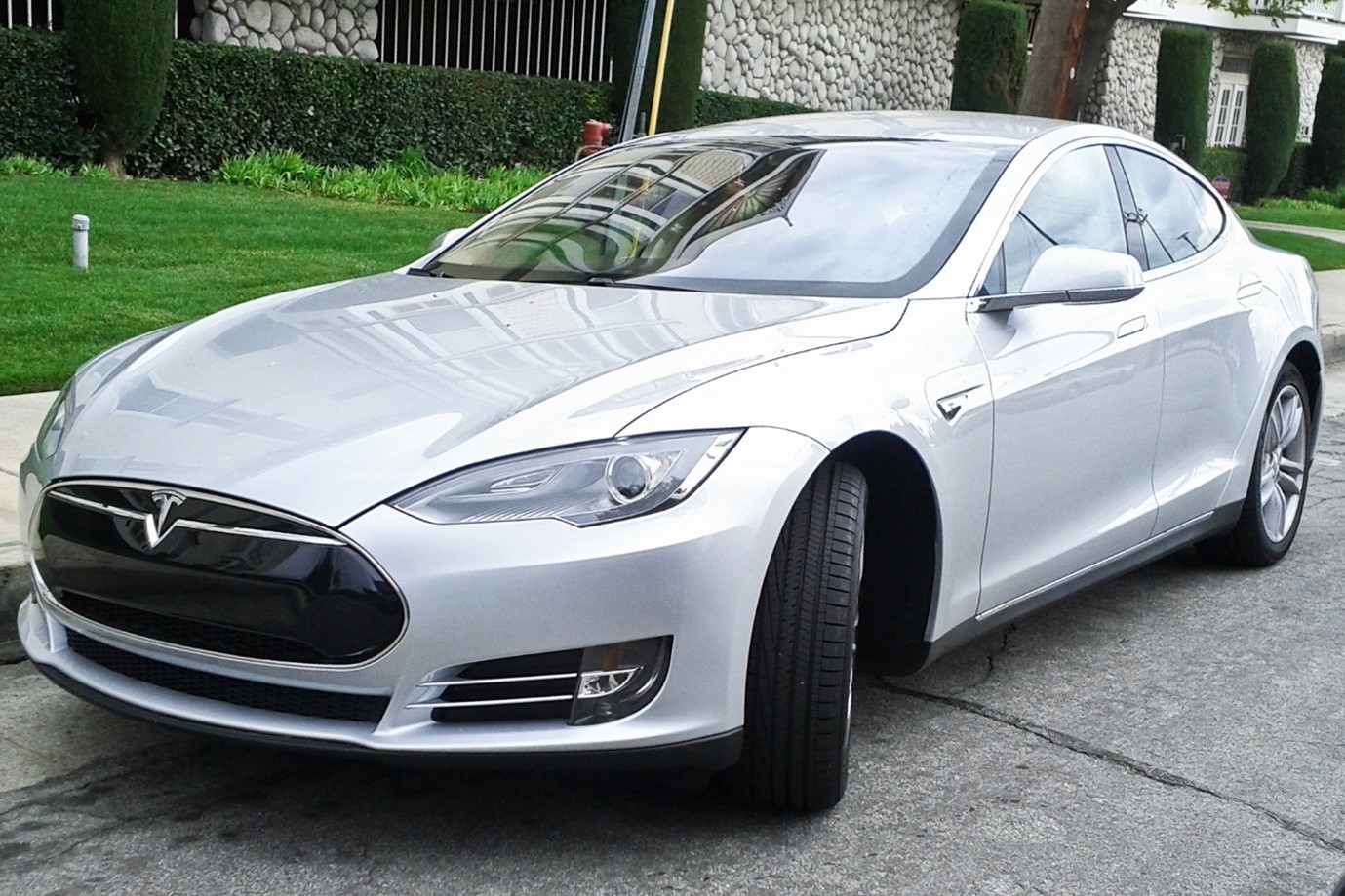
Source: Wikimedia Commons.
Rimac Concept Two
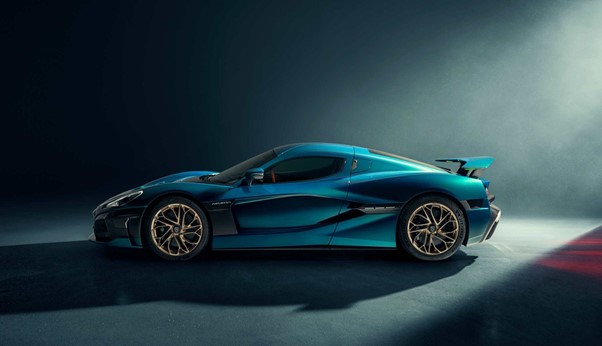
Source: Rimac Auto.
Current EV sales and market share
Sales of EVs rose to 6.6 million in 2021, a 300% increase in market share from two years earlier.
Global sales and sales market share of electric cars, 2010-2021
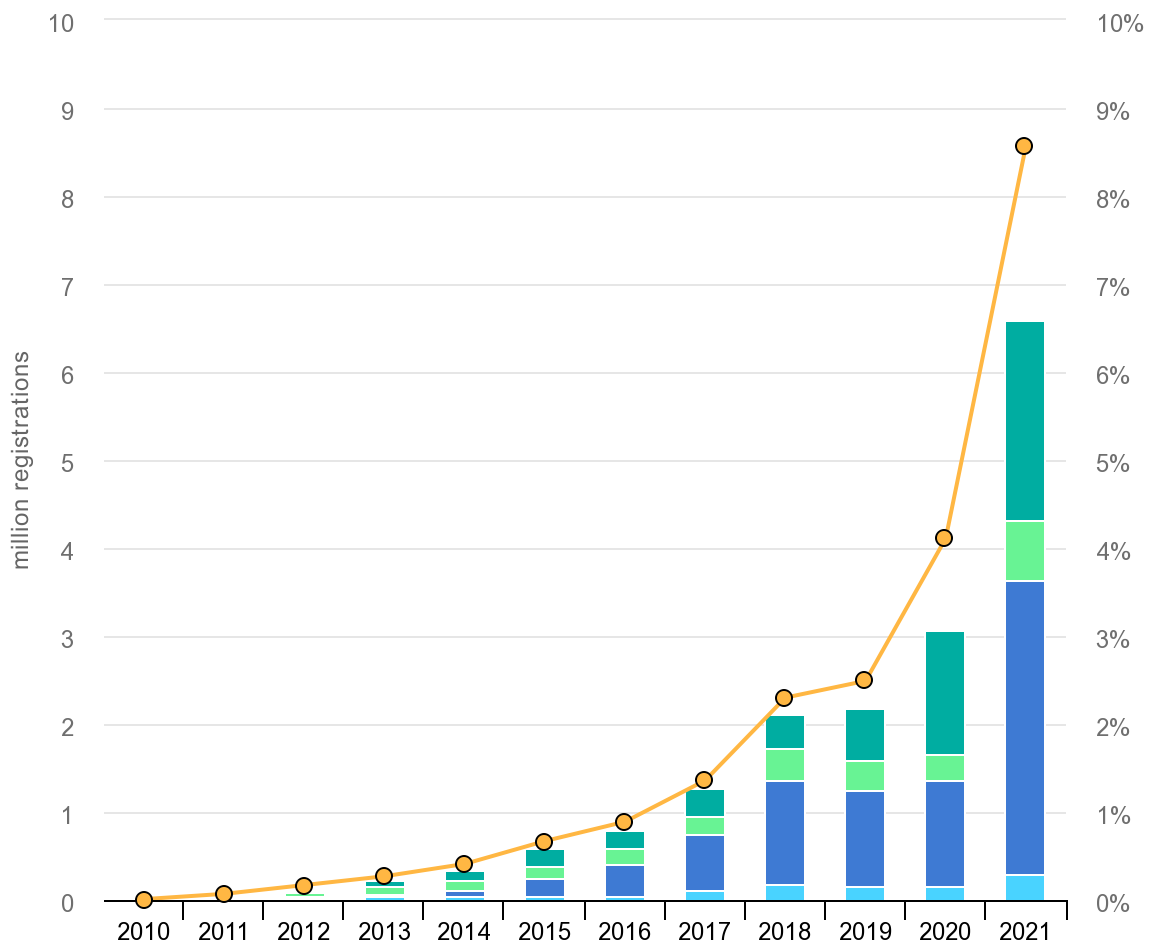
Source: IEA, Global sales and sales market share of electric cars, 2010-2021, IEA, Paris https://www.iea.org/data-and-statistics/charts/global-sales-and-sales-market-share-of-electric-cars-2010-2021.
China has become the largest market for EV sales with 3.4 million registrations in 2021, followed by Europe with 2.3 million.
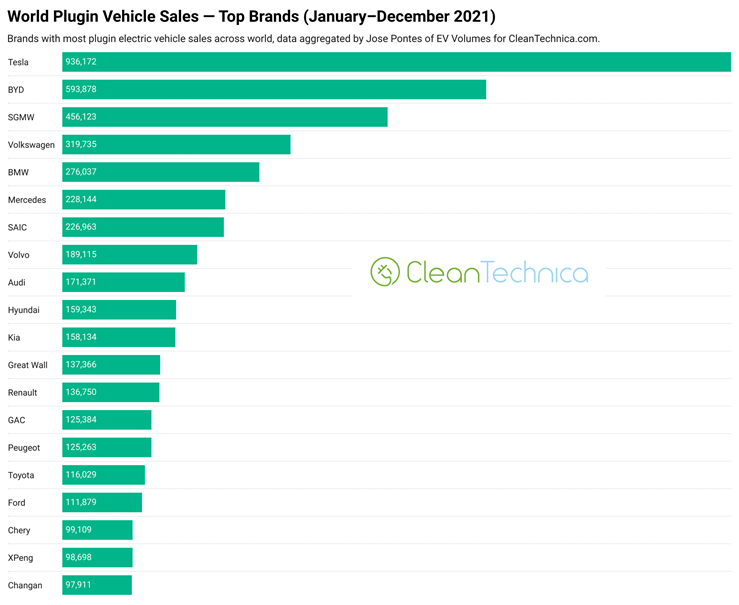
Source: Clean Technica, https://cleantechnica.com/2022/01/31/tesla-1-in-world-ev-sales-in-2021/.
Tesla remains the top selling EV brand, with almost a million vehicles sold in 2021.
EV sales projections, and why they’re probably conservative
Under its Sustainable Development Scenario, the International Energy Agency (IEA) projects the global stock of EVs will reach 230 million vehicles by 2030, with annual sales of 46.8 million vehicles.3
The IEA has tended to underestimate the take-up of new technologies. Tony Seba, co-founder of Stanford based think tank RethinkX, believes we are radically underestimating the adoption of EVs and the pace of disruption to the traditional Internal Combustion Energy (ICE) industry caused by EVs and self-drive technologies.
‘As the utility of old vehicles relying on fossil fuels and a human driver rapidly approaches zero, most people will stop owning vehicles altogether, instead accessing them when needed, having goods delivered autonomously, and travelling with smaller vehicles when convenient.’
RethinkX, Disruption, Implications, and Choices, August 2021
Logistics and last mile delivery
In 2020, nearly 25 billion business-to-consumer items were delivered. In response to pressure from customers for emissions-free deliveries, manufacturers have developed a range of last-mile delivery vehicles in a variety of sizes and shapes.
The Dispatch Electric Scooter – one of the growing range of built for purpose last mile delivery vehicles
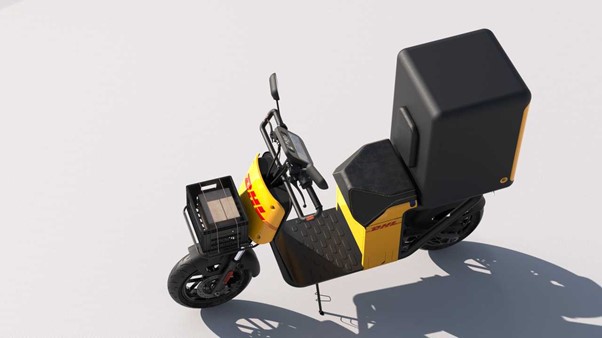
Source: Cleantechnica.
Autonomous electric vehicle (AEV) technology completely changes the landscape for last mile delivery. Small purpose-built vehicles without drivers, combined with logistics and geo-spatial software and systems, substantially decrease the cost, and increase the flexibility, of last mile delivery.
Several systems have already entered service. Chinese e-commerce giant JD commenced robot delivery in Shanghai in 2018. In the U.S., Amazon Scout bots roll along sidewalks in several cities.
JD delivery robot in Haidan district Beijing
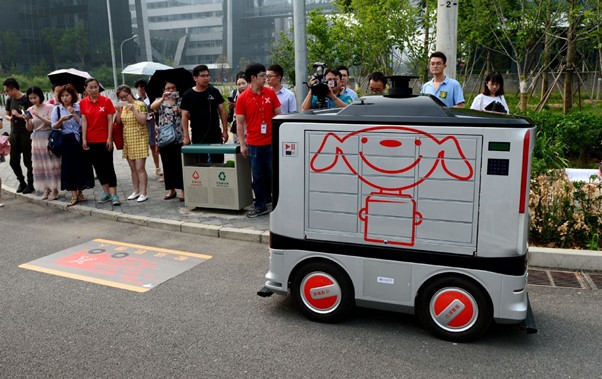
Source: China Daily.
Amazon Scout electric delivery robot

Source: PracticalEcommerce.com
Impact on the future of cities
The future of automated mobility is not just about perfecting the automobile. It’s about the thousands of new products and services that will be enabled by AEV technology. Dr Anthony Townsend, author of Ghost Road: Beyond the Driverless Car, argues that it is simply not possible to predict the ways in which vehicle automation technology will enter our lives.
Some impacts are more immediate and easier to predict. Motor vehicle insurance will decline as a result of the reduction in private vehicle ownership. Other business models around transport-as-a-service (TaaS) will flourish, including AEV vehicle manufacture, batteries, sensors, processors, software, data management, subscription packages and financial instruments.
Simply plugging in millions of EVs will change our energy grids. Vehicle to grid (V2G) charging infrastructure4, and the phenomenal uptake in rooftop solar, sees households moving from electricity consumers to prosumers (a prosumer both produces and consumes electricity at different times).
Zoox robotaxi
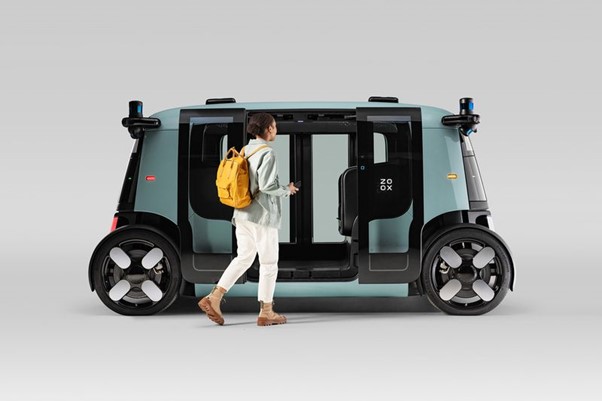
Source: Zoox.com
Other impacts are more difficult to predict. Will congestion worsen with a myriad of AEVs of varying shapes, sizes, speeds, and abilities interacting with human road users? Or will it improve, with silent vehicles making use of uncongested roads at night and artificial intelligence increasingly routing traffic away from congestion hot spots?
While TaaS will see private vehicle ownership decline, it certainly won’t disappear. For suburbanites and regional dwellers, the AEV will be reimagined. Without the need for a steering wheel, pedals or a driver’s seat, the car can become a home office, a theatre, or a game room.
A Climate Change Solution
CO2 emissions from global transport in 2020 were 7.2Gt, accounting for 37% of CO2 emissions from end-use sectors, with road transport representing 85% of that number5.
Comparisons between EV and ICE lifetime carbon emissions are complex, but even when powered by the most CO2 intensive electricity, an EV will emit less CO2 over its lifetime than an equivalent ICE6. In the U.S., an EV powered by electricity with grid average CO2 emissions will produce 0.12kg of CO2 per mile driven. An EV powered by the worst grid in the US produces 0.20kg of CO2 per mile driven. A typical ICE produces 0.41kg of CO2 per mile driven, more than double that of a worst-case EV.
EVs powered by renewable energy effectively emit zero emissions, and we are increasingly seeing the decarbonisation of the manufacturing process. With rapidly emerging technologies in battery recycling, such as Northvolt Revolt in Sweden and Redwood Technologies in the U.S., the road to sustainability has never been clearer.
DRIV Electric Vehicles and Future Mobility ETF – Access the future of mobility
The BetaShares Electric Vehicles and Future Mobility ETF (ASX: DRIV) has been designed to give investors access to companies at the forefront of innovation in automotive technology. DRIV provides exposure to up to 50 of the world’s leading automotive technology companies including Tesla, Uber Technologies, NEI, Aptiv and BYD.
|
There are risks associated with an investment in DRIV, including market risk, sector risk, international investment risk and concentration risk. DRIV should only be considered as a component of a diversified portfolio. For more information on risks and other features of DRIV, please see the Product Disclosure Statement, available at www.betashares.com.au. |
1. Source https://www.energy.gov/timeline/timeline-history-electric-car
2. Source: https://www.consumerreports.org/cro/cars/tesla-model-s-p85d-earns-top-road-test-score
3. Source: https://www.iea.org/reports/global-ev-outlook-2021/prospects-for-electric-vehicle-deployment#abstract
4. Source: https://www.abc.net.au/news/science/2022-02-14/electric-vehicle-first-ev-chargers-v2g-v2h-to-arrive-australia/100811130
5. Source: https://www.iea.org/topics/transport
6. Source: https://www.fueleconomy.gov/feg/evtech.shtml



